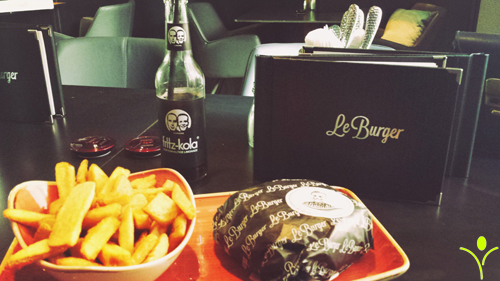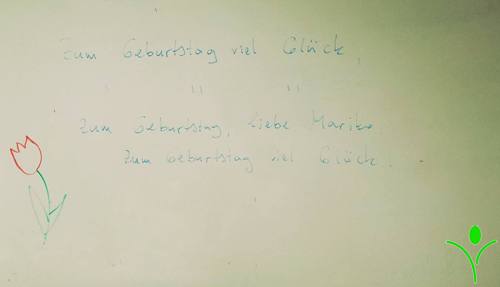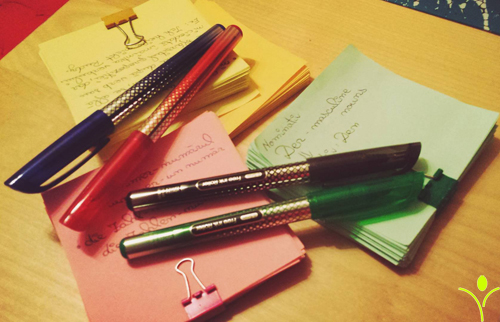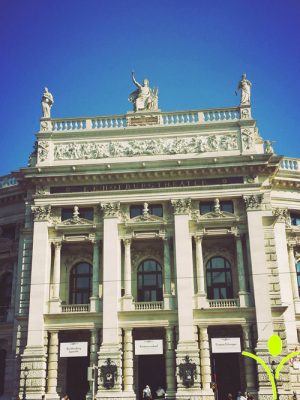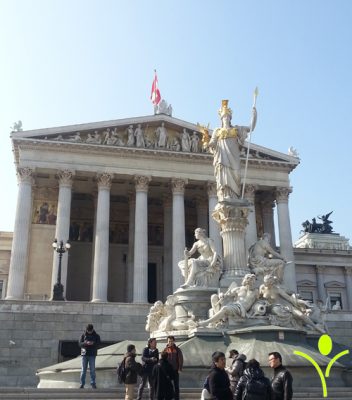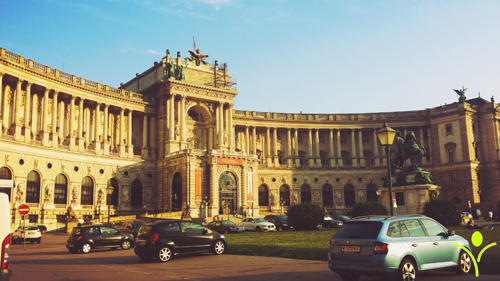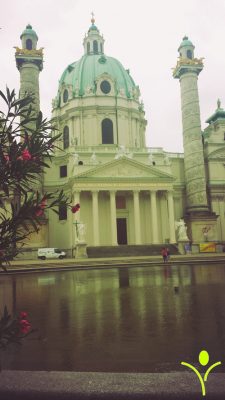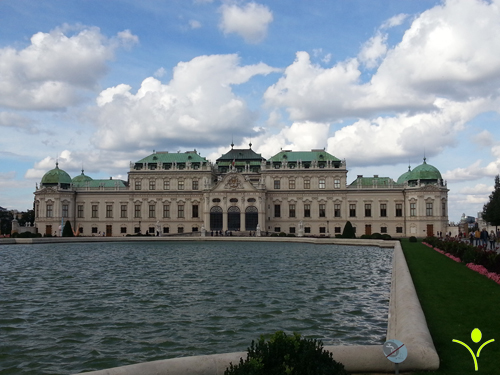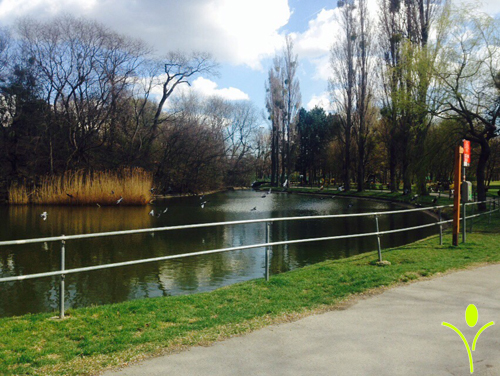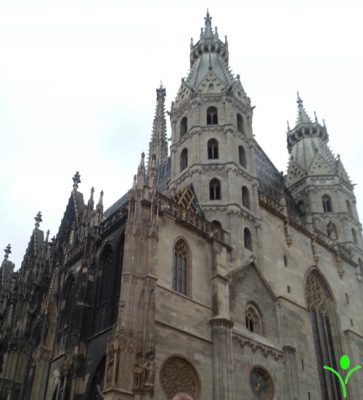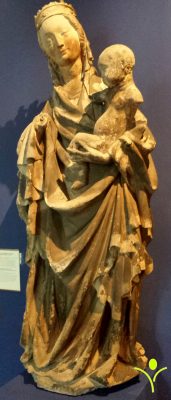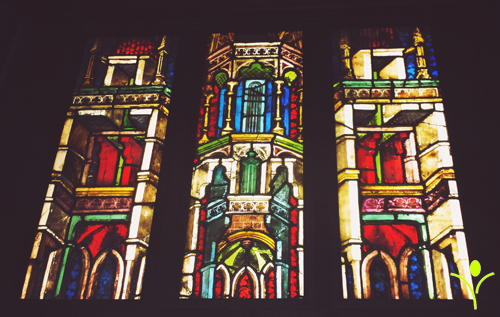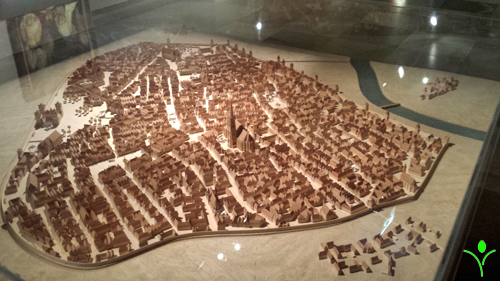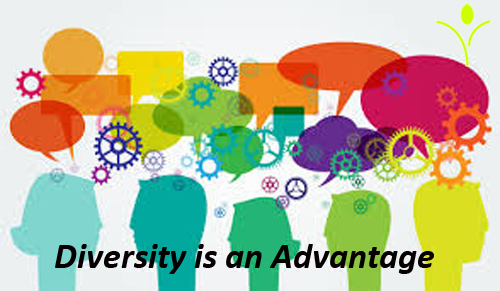While I’ve seen that some of you enjoy eating a good burger, but also that some of you are taking the German course at the Deutsch Akademie office from Mariahilferstraße, I thought that I can share with you a really nice and recently opened restaurant.
It is very close to the Deutsch Akademie from Mariahilferstraße, and can be a good opportunity of eating a delicious burger and spend some time with your colleagues. Zou can go there right after one course, give to your stomach something great but also practice a little bit your communication skills.
The place I am talking about is called Le Burger and can be found on 114 Mariahilferstraße. And their website is http://www.leburger.at/. They have an interesting burgers variety, but in the same time, some unusual ones like: Californian Surfer, Little Italy or Mediterran.
The position on Mariahilferstraße, make them easy to reach, and in the same time quite full all the time. But, give them a try while you want to rest your feet after a long day shopping on Mariahilferstraße.
Another innovative thing is that they offer two types of services: self-service and table delivery. In this equation, the self-service is a little bit cheaper than the one in which your order is taken and brought to your table.
About Bob’s Burgers… while do you enjoy burgers, maybe you can try an animated sitcom with and about burgers. The series centers on a family who runs a hamburger restaurant. In 2013, Bob’s Burgers was ranked as one of the top 60 Greatest TV Cartoons of All Time by TV Guide. It has been nominated for several awards, and won the Emmy Award for Outstanding Animated Program in 2014.
Now, what all this has to do with German? While the Le Burger in very close to Deutsch Akademie from Mariahilferstraße, or is just a good spot to practice your German and spend some quality time with your friends. Bob’s Burgers sitcom can be found in German and is also broadcasted by the German TV cable providers.
So… practice German while eating a burger with Bob’s Burgers!
Mahlzeit!

